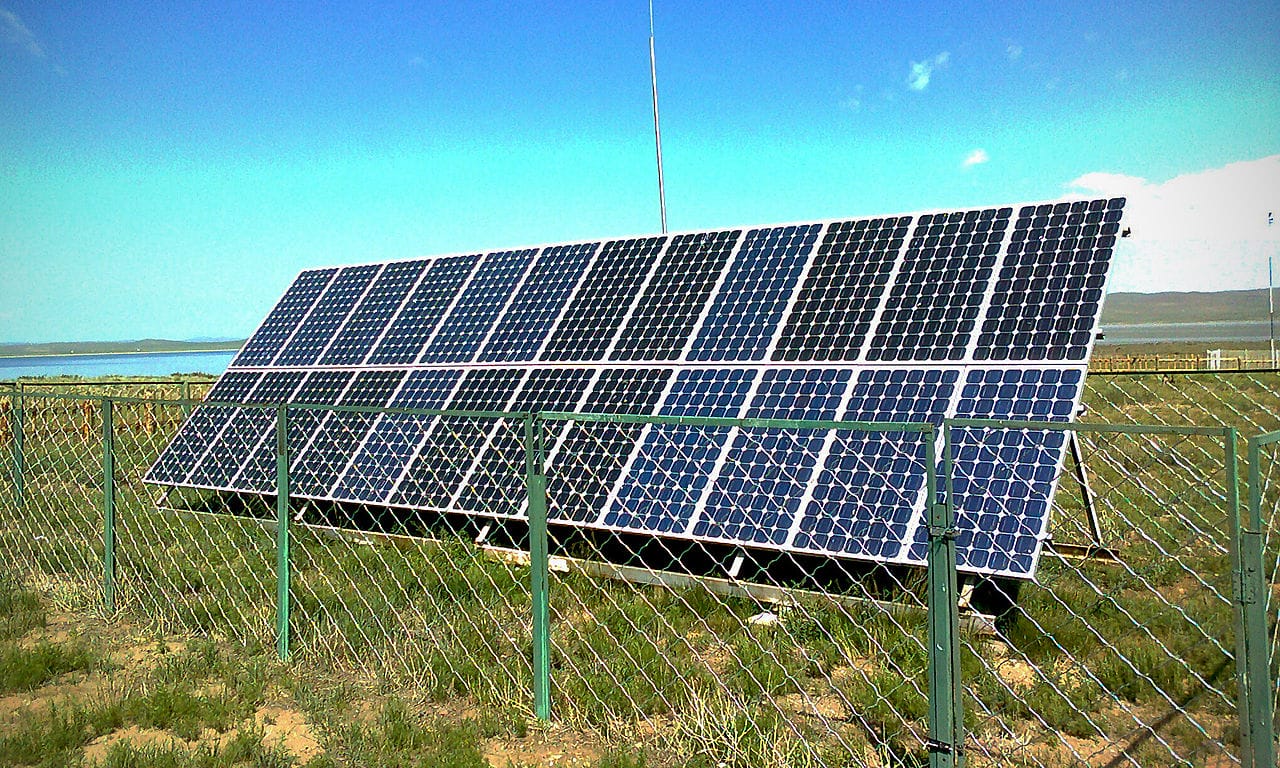John wrote an excellent article over at Electrek today, discussing the virtues different types of solar panels could have for their owners. What’s missing from it is “how does it apply to me?”
For instance, homeowners (and business owners) who are building PV systems strictly to offset their power use through the generation, the overriding concern should be what system provides the best “bang for the buck”, i.e. best potential generation per dollar spent.
Overbuilding a PV system does no benefit to the owner of such an installation, as the net metering agreement they execute with their utility generally only allows for the application of net metering credits against their power bill, with no clause to receive separate payment for any excess generation. In that case, the benefit of using the most efficient (premiumly-priced) panels versus standard panels is that you might only install enough panels to cover 60% of your rooftop rather than 80% of your rooftop. You will, however, spend far more on your installation by opting for, for example, Sunpower’s thin film panels than you would if you went with a more standard manufacturer.
This doesn’t mean that there is no place for premium panels.
A factory (or even a household) who uses more electricity than their rooftop could feasibly generate can absolutely benefit in the long-term by choosing to fill their entire rooftop with the most efficient panels they can find, if their power usage warrants that.
Likewise, ground arrays also have limits on how much space they can take up, decided by the amount of land available for purchase or lease by owner of the installation. If you have 5 acres available, and are seeking to generate as much electricity from that space, then obviously, you will want to seek out the most efficient panels.
In terms of return on investment, the move from standard to high-efficiency can add a year or two to the time it takes a system to reach the breakeven point. That might not seem like much, but considering the bulk of the economic benefits to owning a PV system in Massachusetts come in the first 10 years, this can actually have a sizable effect on the ROI of a system.
Further, he discusses the possibility of waiting on a purchase to get more efficient panels at a cheaper price. It’s true, technology advances rapidly. But you can’t take advantage of technology that you don’t purchase. Imagine a business in 1984 looking at the current state of computers and saying to themselves “These things look great, but i’m certain there’s going to be much better ones coming out just around the corner”. 1985 comes along and they think the same thing. Fast forward to 2016, and that business owner is still skeptical of making a purchase, knowing that next year computers will be even faster and cheaper. Tell me, do you think this has been a good business decision?
Same for going solar. Yes, you can wait. Panels get cheaper every year. But at this point, the bulk of the price/efficiency gains are behind us. You can get a 18-19% efficient standard panel today, or wait a couple of years in hopes of getting a 22-23% panel for the same price. Not only do you essentially waste two years worth of payments to your utility which you’ll never recoup, you’ll also earn 10% less for any SREC’s you generate.
And that brings up the last point. The SREC-II program is nearly full. The Massachusetts legislature is supposedly at work writing out the terms of the SREC-III program, but it certainly won’t be as generous as the SREC-II program is, just as the SREC-II program wasn’t as generous as the original SREC program. In this case, if you’re considering going solar, going so in 2016 and qualifying for SREC-II will likely provide returns far in excess of what you will achieve by waiting a couple of years for moderately more efficient panels generating power under a potential SREC-III program.
